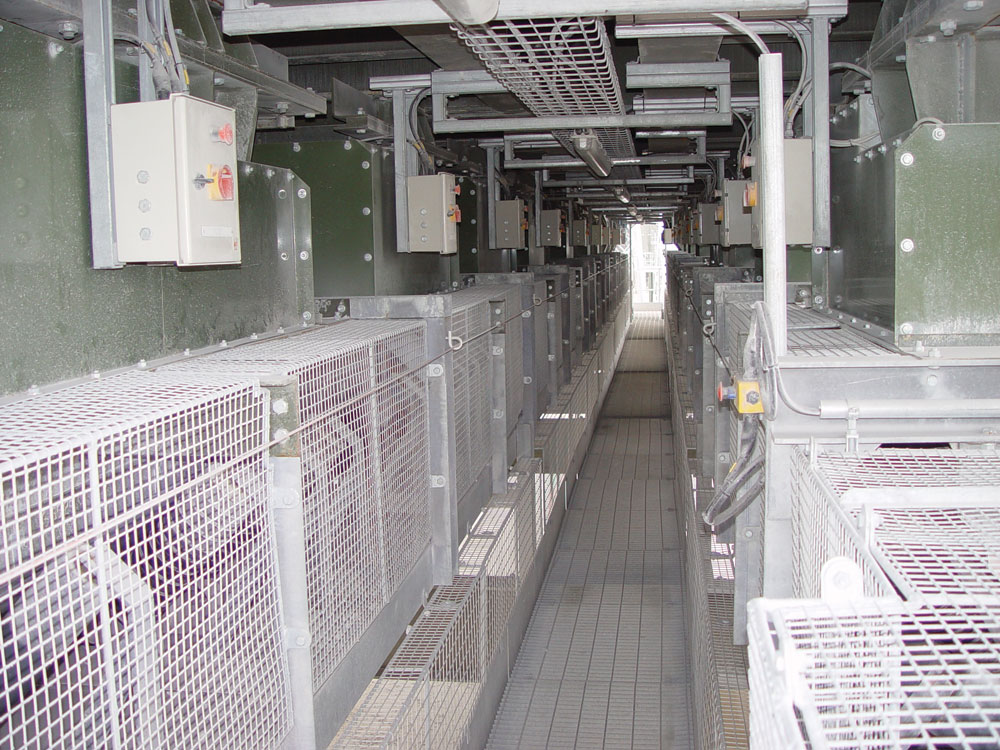Bringing Process Control Systems Up To Date

Robert Barksfield, contracts manager for Batching & Blending Systems Ltd, considers the need to have up-to-date process control systems in place and looks at the routes available to achieve this efficiently
In recent years both the marketplace and commercial considerations have made additional demands on processing plants to be both more flexible and more efficient in their operation.
The means to achieve such improvements is through better measurement and monitoring of data, and the ability to make adjustments to individual equipment, production lines or across the entire plant. Better monitoring also has a major role to play in batch auditing and the forecasting of maintenance requirements.
Each plant will have its own unique requirements, from a new-build with a custom-designed and built process-control system, to an older plant with perhaps a limited range of monitoring systems and outdated control infrastructures which may limit further development and efficiencies.
The most demanding situations are those where an existing process-control system is severely limiting the overall plant or even organizational efficiency. This could include: machine, section or lines with control systems that are not integrated with a plant-wide system; plant-wide systems that are not able to output to management information systems for forecasting and auditing; and systems based on obsolete platforms or hardware that cannot be upgraded and could represent considerable downtime if any failure occurs.
Each situation, coupled with future plant requirements, should prompt a look at ways in which to develop the process control system to its optimum level and to build in additional scope for expansion or changing requirements.
At the centre of most discussions is the question: ‘Should we upgrade or should we renew completely?’ Within this choice will be other considerations, such as partial upgrades, migration of part systems on to a new overall system, and re-engineering to provide updated hardware as required.
At one end of the scale is the completely new process control system. The advantages of this option are that it can be designed to comply fully with current and future requirements and can be configured to take advantage of best practice within the industry. It can take into account requirements such as plant-wide integration and outputs to management information systems for countrywide or global reporting.
The key to considering a totally new system is to look at the value it will provide to the plant in terms of better monitoring, increased reliability and ‘future-proofing.’ This contrasts with the ethos of considering solutions purely on a cost basis, which can lead to limited improvement over old systems.
Typically, any new system will communicate via an industrial Ethernet with SCADA link capabilities and, ideally, will be developed to accept all popular control systems (Allen-Bradley, Siemens etc) so that additional equipment can be seamlessly added as the plant grows, without any major reprogramming issues.
The downside to a completely new approach includes the total cost and the need to find experienced process-control engineers who can design, develop and install a complex system without any teething problems and who are capable of providing the often overlooked areas of training and support.
New systems will also have to be timed to fit in with build schedules in the case of new plants, or to coincide with shutdowns for existing plants. That said, it is feasible to develop the system in advance so that it can be installed and commissioned in a very short timescale without disruption to the plant’s production schedule.
A lesser option for existing plants is to develop the new process control system and then migrate existing interfaces into this system to save time and costs associated with extensive rewiring.
When considering upgrades, many plants will have had isolated upgrades in the past, perhaps to add an additional monitoring function, and some managers may believe that these upgrades have kept the system up to date with the plant’s needs. While this may be partially true on a day-to-day basis, it overlooks the fact that the system may be running on ‘legacy’ hardware that limits any future growth and, if it fails, may cause long periods of downtime.
Re-engineering a system offers the option to upgrade this hardware as well as bringing in the latest control system techniques. If done properly, this can extend the overall life of the system with better support and back-up options. However, there can be significant challenges when working with application code that may have been programmed and changed several times already, possibly by different people, without leaving sufficient documentation to show what changes have been made.
Reaching the right solution involves considering all existing systems, looking at future plant requirements and seeking proposals from companies who are able to provide impartial advice, rather than systems associated with a single platform or a single plant manufacturer.
